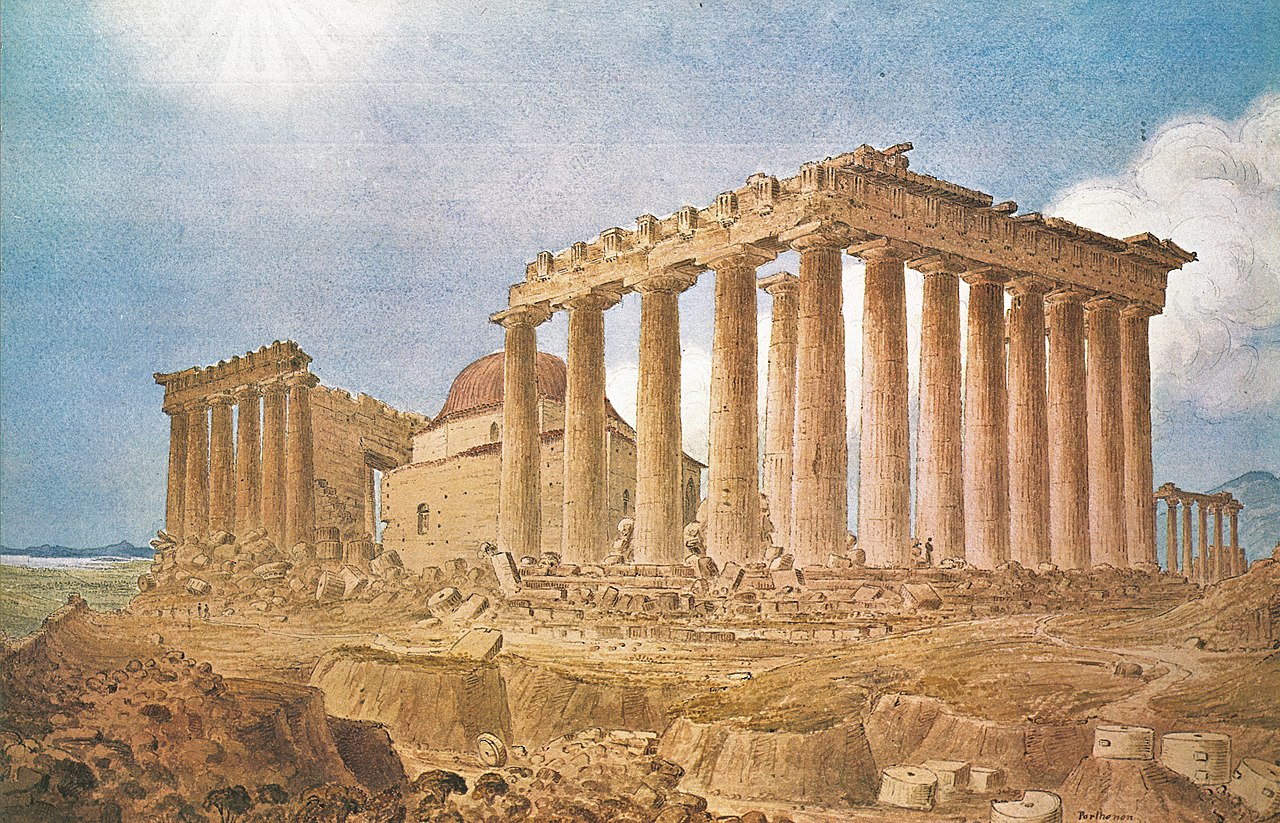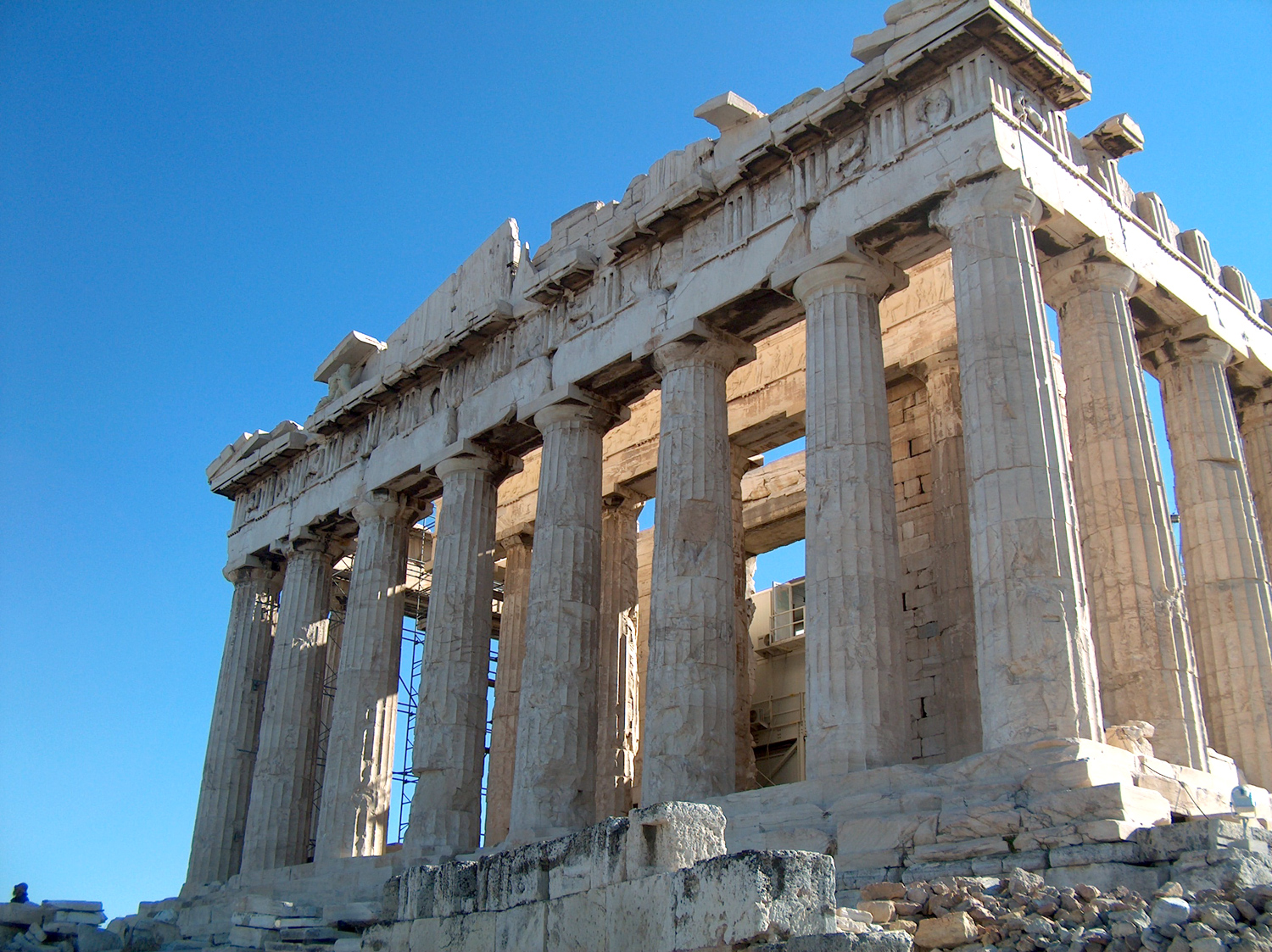
Uluru: A Living Map – Navigating Ancient Wisdom in Australia’s Red Centre
Forget Google Maps. Forget satellite imagery. To truly understand the landscape, we must journey to where the land itself is the map, inscribed with millennia of wisdom. Our destination: Uluru-Kata Tjuta National Park in Australia’s Red Centre, a place where ancient indigenous mapping techniques aren’t just historical curiosities, but living, breathing systems of knowledge, survival, and profound spiritual connection. This isn’t just a review of a place; it’s an exploration of a worldview, an invitation to decolonize our perception of cartography, and an unforgettable travel experience.
Beyond Lines and Grids: What are Ancient Indigenous Mapping Techniques?
Before we delve into Uluru, it’s crucial to grasp what "ancient indigenous mapping techniques" truly entail. These are rarely two-dimensional paper diagrams. Instead, they are holistic systems deeply integrated into culture, language, and spiritual belief. They encompass:

- Oral Tradition (Songlines/Dreaming Tracks): The most widespread and intricate form. These are epic narratives, often sung or told, that describe the journeys of ancestral beings across the landscape during the Creation Time (Dreaming). Every landmark – a hill, a rock formation, a waterhole, a tree – is a physical manifestation of these stories. The sequence of the story is the route, detailing resources, hazards, and cultural protocols for specific areas.
- Celestial Navigation: Understanding the movements of stars, sun, and moon for orientation, seasonal tracking, and predicting weather patterns. Many indigenous cultures had sophisticated astronomical knowledge.
- Environmental Indicators: Reading the landscape itself – the growth patterns of plants, the behaviour of animals, the flow of water, the direction of prevailing winds, the types of soil – all provided vital information about location, resources, and safe passage.
- Physical Markers: While not always permanent, these could include cairns, carved trees, cleared pathways, or the strategic placement of objects to mark routes or significant sites.
- Ceremonial and Artistic Representations: Rock art, sand paintings, body paint designs, and even specific dance movements can encode geographical information, sacred sites, and travel routes. These are often living maps, performed and re-created.
- Three-Dimensional, Experiential Knowledge: Unlike a flat map, indigenous mapping is often multi-sensory and deeply personal. It’s about being in the landscape, feeling its contours, smelling its flora, hearing its sounds, and understanding its spirit.
/the-roman-coliseum-in-the-early-morning-655490208-5abd1d0f119fa80037ef98b9.jpg)

These techniques are not simply about getting from A to B; they are encyclopedias of ecological knowledge, social laws, kinship systems, and spiritual philosophy, all interwoven into a coherent, navigable system.
Uluru-Kata Tjuta: Where the Land Is the Map
The Uluru-Kata Tjuta National Park, co-managed by the traditional owners, the Anangu people, and Parks Australia, offers the most profound immersion into this ancient wisdom. For the Anangu, the entire landscape is Tjukurpa – the Law, the Dreaming, the Creation Story, and the very essence of their being. Tjukurpa is not just a belief system; it is the comprehensive "map" that governs everything.
Uluru: The Heart of the Living Map
Uluru itself, the colossal monolith rising majestically from the desert floor, is not just a rock; it is a library, a school, and a sacred atlas. Every cave, every groove, every ripple in Uluru’s sandstone face is a chapter, a verse, a legend that guides and informs.
- Circumnavigating Uluru (The Base Walk): As you walk the 10.6-kilometer base of Uluru, you are not just strolling around a natural wonder; you are tracing the paths of ancestral beings. Anangu guides, where available, transform the walk from a physical exercise into a spiritual and educational journey. They point out specific features – the deep fissures representing the wounds of a battle between ancestral beings, the smooth curves illustrating the resting place of a creative spirit, the waterholes (many of them permanent, vital oases in the arid landscape) marking significant events or resource points.
- Rock Art Galleries: Along the base, several sheltered caves contain ancient rock art. These aren’t just pretty pictures; they are visual representations of Tjukurpa, sometimes depicting ancestral journeys, hunting grounds, or ceremonial sites. They serve as mnemonic devices, aiding in the recall of vast oral traditions. Anangu elders use these sites to teach younger generations, demonstrating how the art functions as a living archive and a navigational tool.
- The Narrative Landscape: Different sections of Uluru are associated with specific Tjukurpa stories – the Mala (rufous hare-wallaby) story on the northwest side, the Kuniya (woma python) story on the eastern side, and the Liru (poisonous snake) story on the southern side. Each story provides not only spiritual meaning but also practical knowledge: where to find food, where water collects, what dangers to avoid, and the proper way to behave in that particular part of the country. To "read" Uluru is to understand these intertwined narratives.

Kata Tjuta: Another Volume in the Epic Library
A short drive from Uluru, the 36 domed rock formations of Kata Tjuta (meaning "many heads") are equally significant. This sacred site is primarily for men’s Tjukurpa business, and much of its deep knowledge is not shared publicly. However, even from the publicly accessible walking trails, like the Valley of the Winds, one can sense its immense spiritual power. Kata Tjuta is not just a separate geological formation; it is another volume in the same epic library of the Tjukurpa, connected to Uluru and the broader landscape through invisible songlines. Its towering domes and deep gorges are imbued with ancestral stories that describe routes, resources, and ceremonies vital to the Anangu way of life.
The Songlines: Invisible Highways of Knowledge
Uluru and Kata Tjuta are prominent nodes in a vast network of "songlines" that crisscross the entire Australian continent. These invisible highways of knowledge are shared across different Aboriginal language groups, acting as ancient inter-tribal communication and trade routes. A songline might start in one region, recounting the journey of an ancestral being, and continue for hundreds or even thousands of kilometers, passing through the lands of different groups. Each group holds responsibility for a segment of the song, ensuring its preservation and transmission. Singing the songline is literally walking the map, reciting the landscape into existence, and reaffirming the cultural connection to Country.
The Travel Experience: A Profound Recalibration
Visiting Uluru through the lens of indigenous mapping is not merely sightseeing; it’s a profound recalibration of how one perceives the world. It’s an opportunity to:
- Decolonize Your Map: To understand that a map doesn’t have to be a static, abstract representation. It can be a song, a story, a feeling, a deep-seated knowledge embedded in the land itself.
- Connect Deeply with Country: The Anangu concept of "Country" is far more than just land; it’s family, identity, responsibility, and spiritual home. By engaging with their mapping techniques, you begin to grasp this profound connection.
- Appreciate Ancient Ingenuity: The sophistication of these systems, developed over tens of thousands of years without written language or modern technology, is awe-inspiring. They provided reliable navigation and survival information in one of the world’s harshest environments.
- Support Cultural Preservation: By participating in guided tours led by Anangu people, visiting cultural centres, and purchasing authentic Aboriginal art, you contribute directly to the preservation and transmission of this invaluable knowledge.
- Embrace Slow Travel and Deep Listening: This experience demands patience, an open mind, and a willingness to shed preconceived notions of what a "map" truly is. It’s about listening to the land and its traditional custodians.
Practicalities for the Conscious Traveller:
- Anangu-led Experiences: Prioritize cultural tours and interpretive walks led by Anangu people. Their insights are invaluable. The Uluru-Kata Tjuta Cultural Centre is an essential first stop.
- Respectful Engagement: The Anangu request that visitors do not climb Uluru (it is a sacred site, and climbing was officially ceased in 2019). Stick to marked paths, do not remove anything from the park, and respect privacy around sensitive sites.
- Time: Allow ample time – at least 3-4 days – to explore the park, undertake walks, and engage with the cultural offerings. Rushing through diminishes the depth of the experience.
- Seasonality: The Red Centre can be extremely hot in summer. Cooler months (May-September) offer more comfortable walking conditions.
Beyond Uluru: A Global Perspective
While Uluru offers an unparalleled window, indigenous mapping techniques are a global phenomenon. The Polynesian stick charts, which represented ocean swells, islands, and currents, allowed navigators to traverse vast expanses of the Pacific. The intricate Inca road system, combined with their quipu knot-based record-keeping, facilitated empire-wide communication and resource management. Indigenous peoples across North America had extensive trail systems and mental maps of their territories, guiding them across diverse biomes. These examples, like Uluru, underscore a universal human ingenuity in understanding and navigating the world, rooted in intimate knowledge of place.
Conclusion: Mapping the Soul
Visiting Uluru-Kata Tjuta National Park is more than just ticking off a bucket-list destination. It’s an opportunity to step into a different way of knowing, to engage with a mapping system that predates cartography by millennia, and to experience a landscape so profoundly imbued with story that it becomes a living, breathing guide. Indigenous mapping techniques, particularly those embodied by Uluru and the Anangu people, offer a vital antidote to our increasingly digital, decontextualized world. They remind us that the deepest understanding of a place comes not from an app, but from listening to the land, its stories, and its ancient custodians. It’s a journey not just across a landscape, but into the heart of human ingenuity, spiritual connection, and enduring wisdom. A journey that maps not just the land, but the very soul.


